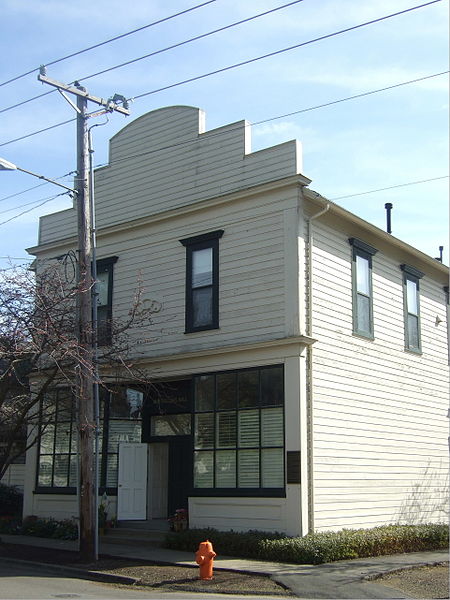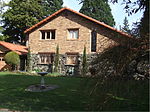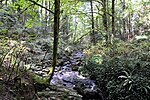Lake Oswego Odd Fellows Hall
1890 establishments in OregonBuildings and structures in Clackamas County, OregonBuildings and structures in Lake Oswego, OregonNational Register of Historic Places in Clackamas County, OregonOdd Fellows buildings in Oregon ... and 1 more
Oregon Registered Historic Place stubs

The Lake Oswego Odd Fellows Hall, in Lake Oswego, Oregon, was built in 1890. It was listed on the National Register of Historic Places in 1979. It served historically as a meeting hall of the local Independent Order of Odd Fellows chapter, which formed in 1888. It also has served as a specialty store and in other uses.The 31 feet (9.4 m) by 60 feet (18 m) building is one of the oldest in Lake Oswego.
Excerpt from the Wikipedia article Lake Oswego Odd Fellows Hall (License: CC BY-SA 3.0, Authors, Images).Lake Oswego Odd Fellows Hall
Furnace Street,
Geographical coordinates (GPS) Address Nearby Places Show on map
Geographical coordinates (GPS)
| Latitude | Longitude |
|---|---|
| N 45.413888888889 ° | E -122.66083333333 ° |
Address
Furnace Street
Furnace Street
97036
Oregon, United States
Open on Google Maps









